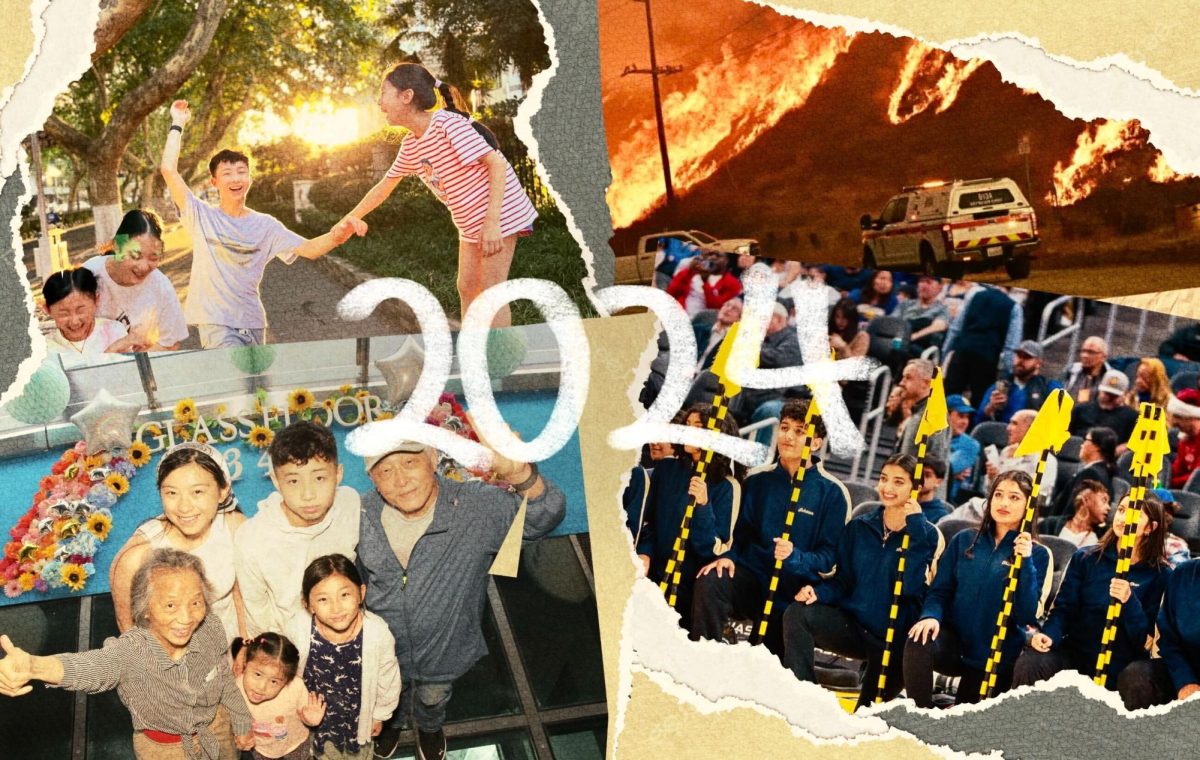CRT sparks controversy at NJUHSD
Examining the histories of anti-racism efforts at the Nevada Joint Union High School District
Examining the histories of anti-racism efforts at the Nevada Joint Union High School District
February 12, 2022
Growing up in Grass Valley in Nevada County, the county with the highest white population in California, 2014 Bear River High School alum Alex Moses always felt different due to his multiracial identity. Moses, who is Jewish and Latino, had ample exposure to diverse cultures — he would spend his summers visiting family in Mexico, partake in cultural activities and traditions, and celebrate Jewish holidays. Yet, he didn’t fully realize how normalized instances of racism towards non-white students and staff were until he graduated from high school.
After studying in Reed College’s more diverse environment and mentoring low-income students of color on the college process at Pepperdine University and Minds Matter in L.A., he recognized that he often felt a cultural disconnect while growing up in a predominantly white environment. He remembers that he did not learn Spanish from his family, but from a white teacher who learned Spanish during a mission trip in Argentina.
Lovett remembers a white supremacist group called the Proud Boys — a far-right, new-fascist political faction —that would spread racist posters around the school. Lovett also recalls the normalization of non-Black peers saying the n-word and racial slurs. Despite these occurrences, she remembers little action being taken to address racism.
While it frustrated Lovett to see the dismissive reactions of the administration, she acknowledges the greater feelings of isolation that students of color at her high school felt.
In high school, Moses often felt that he and his peers weren’t taught the proper vocabulary to discuss race or racism. His history teacher would say “cringy things,” and didn’t want to focus on Native American or Asian American history because he didn’t consider them as important. Moses finds that the microaggressions he was subjected to stick with him today “because [he] knew it wasn’t right.”
Currently a senior at Nevada Union High School and social media managing officer for the Future Voters of Nevada Union Club, Yema Paez, as a Latina-American student, shares a similar perspective on the lack of race education in the district’s curriculum. After reading books in English class last year with anti-semitic and racist ideals that were glossed over in class, Paez wished that her school culture would not neglect discussions of race. She believes her school administration should work to bring more minority individuals’ opinions and experiences into the classroom — for example, during Black History Month and Pride Month — to create an inclusive setting where “people feel OK to be who they are.”
“It’s not hard to implement [more diversity into the curriculum] because there are set [curricula] that you can get approved that you don’t even have to make,” Paez said. “[The administration] make[s] it seem like it’s so hard, but if you just get a curriculum that is already made [to be] approved, it’s right there.”
Since the time Lovett and Moses graduated high school, community members at NJUHSD have pushed for more equity education in the district, forming the Anti-Racism Taskforce in September of 2020. It was established in response to a petition that Nevada Union High School alumni spread online. The Anti-Racism Task Force aims to address issues in the district by establishing student affinity groups, hiring a more diverse staff, and developing anti-racism training for instructors.
Ben York, an eighth grade teacher at Grass Valley Charter School, believes that more inclusivity could be achieved through leadership from instructors at individual schools.
“I hope to see more courage on the side of educators in standing up to falsehoods,” York said. “They’re still not teaching evolution in some states … I hope to see educators as a professional group, really standing up and pushing for [a] more empirical, fact-driven curriculum.”
York feels that the support he receives from his school administration allows him the freedom to teach curriculum without fear of pushback. Lovett similarly emphasizes the importance of school administrators supporting teachers to make positive change. She remembers that her high school teachers were well-intentioned but frustrated at the lack of support, and acknowledges the difficulties that both students and staff face in underfunded school systems.
Over a year later, on November 10th, 2021, the NJUHSD Board of Trustees held its first in-person board meeting since the start of the pandemic. At the meeting, the conservative group, “Protecting American Ideals” shared a 20-minute presentation on their fears of CRT being taught in schools. The group argued that teaching anti-racism would erase equality of opportunity and meritocracy, and afford community members of color an unfair advantage. They also stated that CRT would teach students to hate the U.S., as “a systemically and irredeemably racist” country.
NJUHSD Superintendent Brett McFadden describes the recent debate over CRT as a “wedge issue” sparked from wider media coverage and national dialogue surrounding racism in recent years. He believes that the “hyperactive, highly charged environment” of the debate on CRT makes it difficult to have “coherent dialogue” on the issue.
“With the issue of CRT, it has been tied up with a lot of emotion,” McFadden said. “It is tied up with a lot of folks that perhaps don’t particularly have a complete idea of what it is and what it isn’t. And then finally, there’s often a lack of understanding in terms of how particular curriculum is taught in public schools.”
McFadden clarifies that CRT is not taught nor will be taught in NJUHSD schools, though themes of equity and civil rights are explored in the curriculum. He also references the upcoming implementation of California legislation requiring high schools to incorporate Ethnic Studies into their curriculums as an example of the foreseeable and immediate future of education on race.
Though York is “astounded” that CRT has become a debate at all, he would rather people voice controversial opinions than not have an opinion at all.
“I actually prefer that people be allowed to speak their mind because then at least you know what they’re thinking — they’ve self-identified,” York said. “I know this group exists. I know what they’re up to. Once it’s part of the public record, you’re able to point back at that and say, ‘Hey, look, this is clearly something you said. You were clearly lying.’ Suppressing that kind of speech [makes] it grow.”
Paez recalls teachers and club members being “outraged” that community members in opposition to the Anti-Racism Taskforce were given space to present. She believes the “Protecting American Ideals” group used CRT as a “buzzword,” detracting from the Anti-Racism Task Force’s focus on promoting inclusivity and equity.

“It’s hard [when] people that are in power [are] like, ‘Oh, just respect everyone’s opinions. Like, it’s not that big of a deal. Like racism, it’s not that big of a deal,’” Paez said. “It’s hard coming from a white, old person who doesn’t understand what it’s like to be a person of color in the community and [watch] all of this happen.”
Lovett feels that the creators of the group are misinformed due to their lack of education on race as a whole. She feels frustrated because she thinks that the district wouldn’t be having this discussion if those community members weren’t so “deeply uneducated about the history and current realities of people in color in America.”
Paez agrees, asserting that by “protecting” their white kids from discomfort, parents who oppose the Anti-Racism Task Force are putting kids of color in harm.
“It’s because people don’t think that racism exists, especially when you live in such a white County,” Paez said. “It’s about protecting the fact that they can be racist … and enabling themselves to … not have to change.”
Moses believes that what’s happening in the district is representative of the nationwide dialogue surrounding CRT and that groups like “Protecting American Ideals” ultimately represent the continued pushback and distractions that occur as a reaction to social progress.
“A lot of people in America feel [that this is] something they can latch on to,” Moses said. “While I can’t change these larger structural things that put us down, I can go to a board meeting and voice my opinions about CRT and be heard, right?”
York extends that the main way districts can “move towards equity” would be to increase funding for education, as this would benefit teachers and students living in rural districts.
“So many students in this country are getting subpar educations,” Paez said. “To see [people] trying to push us backward is not new, and I hope we just keep moving … It’s good to get it out there and air it, but at some point, the school boards just have to … move on.”
Overheard in the Public Comments by Aashna Patel





























